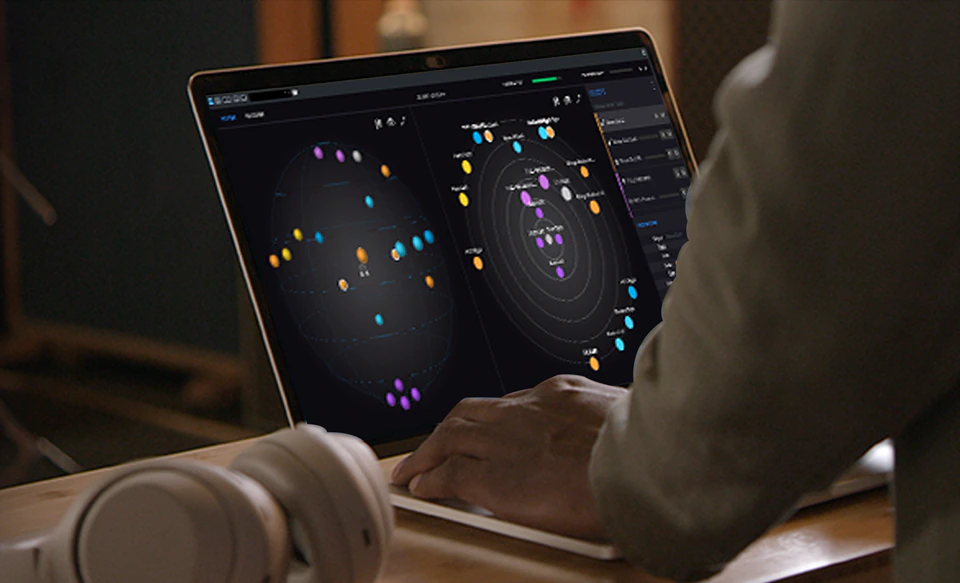
Sony’s 360 Reality Audio is transforming music listening with object-based spatial audio that creates a 360-degree sound field, making you feel like you’re surrounded by the performance. Launched in 2019 and evolving through 2025, it uses Sony’s 360 Spatial Sound technology to position individual elements like vocals and instruments in a spherical space, delivering an “so immersive, so real” experience.
Core Technology and Features
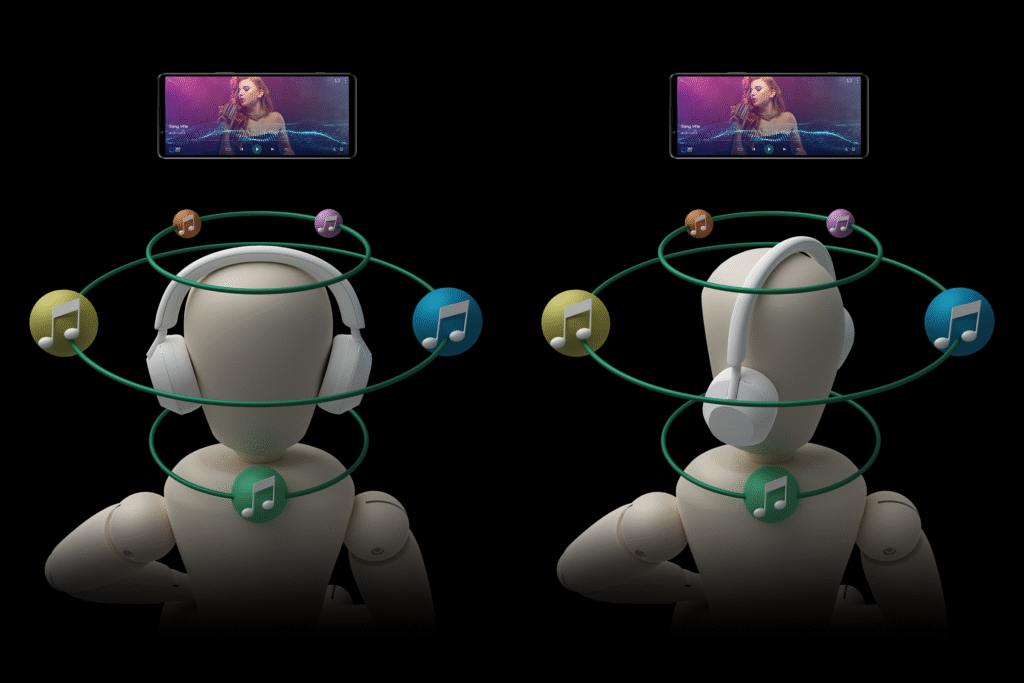
Powered by MPEG-H 3D Audio, 360 Reality Audio allows creators to map sounds dynamically around the listener. Tools like the 360 WalkMix Creator software enable precise mixing, even without a full studio.
Personalization comes via the Sony Sound Connect app, which analyzes ear shapes from photos to customize HRTF (Head-Related Transfer Function) for optimal immersion.
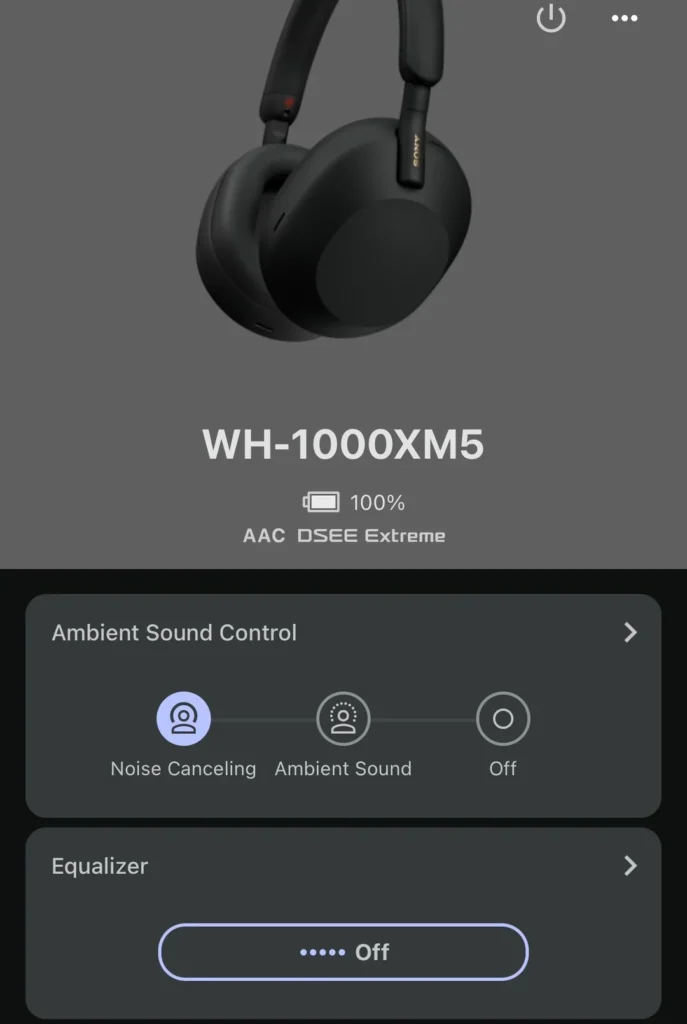
As of 2025, it’s compatible with a wide range of headphones (optimized via app) and devices like the McIntosh MX123 A/V Processor, which added support through a firmware update for home theater setups.
Streaming and Content Availability
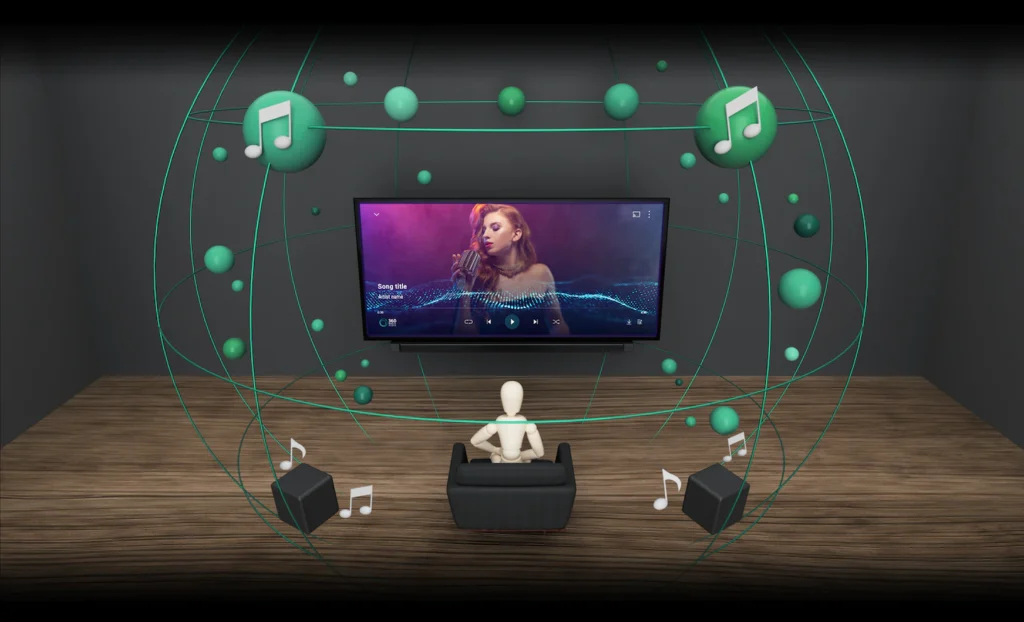
Available on Amazon Music Unlimited for Ultra HD tracks and nugs.net for live recordings. Artists like Christel Veraart released tracks in this format, such as “Merope” in January 2025. Note: Tidal discontinued support in July 2024, and Deezer ended it in 2022.
Live and Expanded Applications
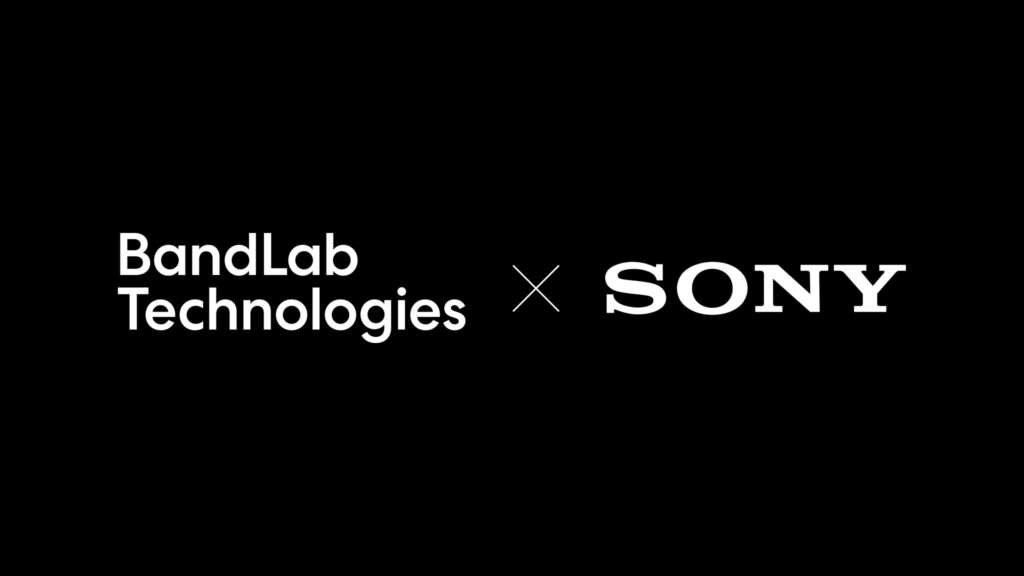
The 360 Reality Audio Live app streams immersive concerts in real-time via Google Play, partnering with Streamsoft Inc. for events. Beyond music, it extends to gaming with the “Gaming Virtualizer by 360 Reality Audio” launched in August 2024 for spatial game sounds on headphones.
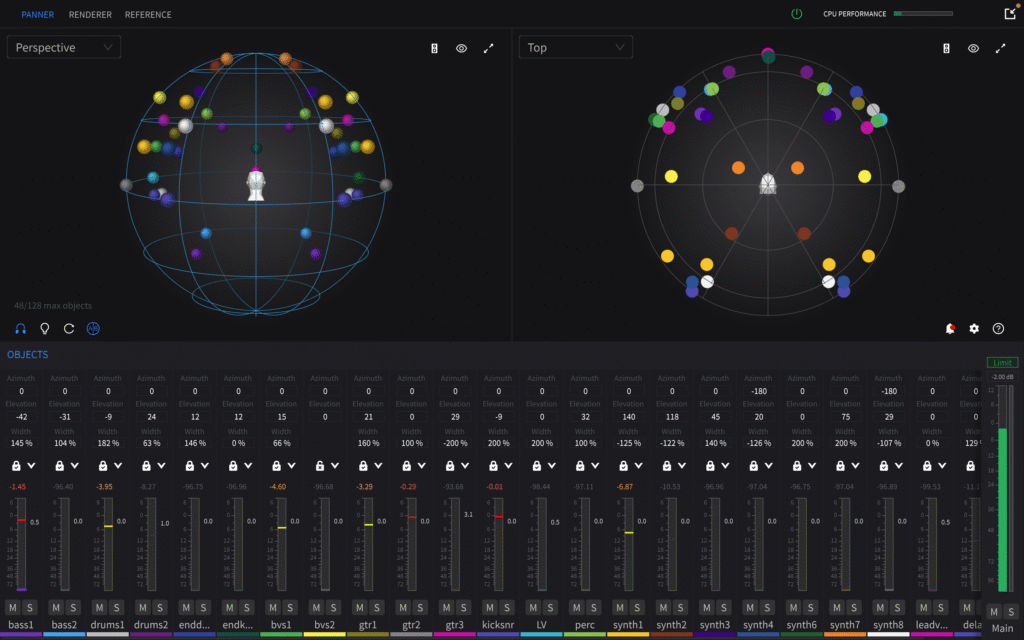
In 2025, BandLab integrated 360RA into its app through a partnership with Sony, enabling creators to produce and share immersive tracks.
Comparisons and Competition

Often compared to Dolby Atmos, 360RA focuses on music with object precision using MPEG-H, while Atmos supports more channels and broader applications like movies. What Hi-Fi? praises its “stunning detail,” but notes gear requirements. Emerging rivals include Eclipsa Audio (Google/Samsung’s open-source spatial format launched in 2025), challenging proprietary systems like 360RA and Atmos.
Future Outlook
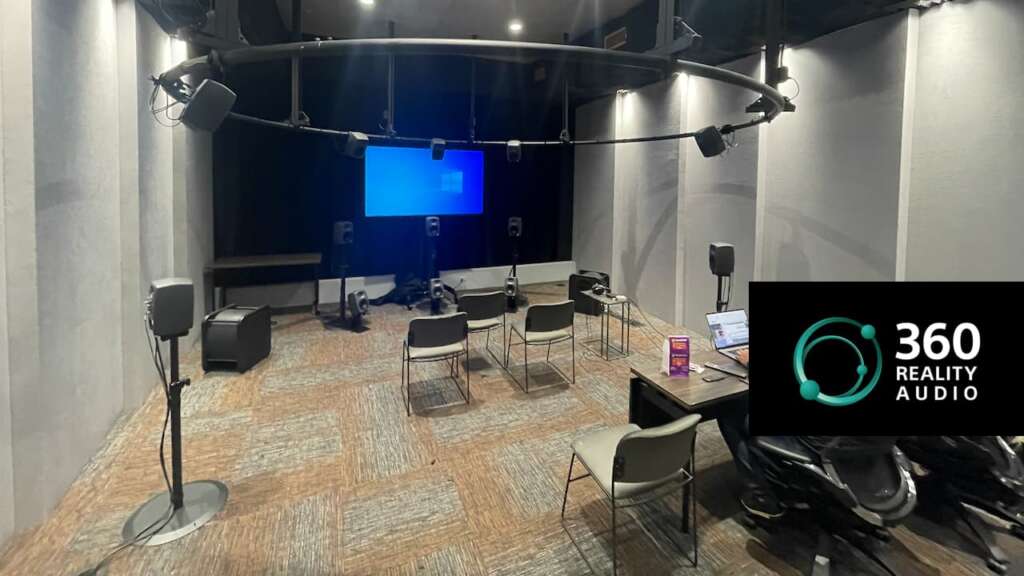
In 2025, Sony expanded with automotive integration in the AFEELA EV (CES 2025, with Sony Honda Mobility) for immersive in-car audio, and broader AI personalization trends suggest adaptive soundscapes for smart homes. Stream a 360RA track today to experience the future of sound!


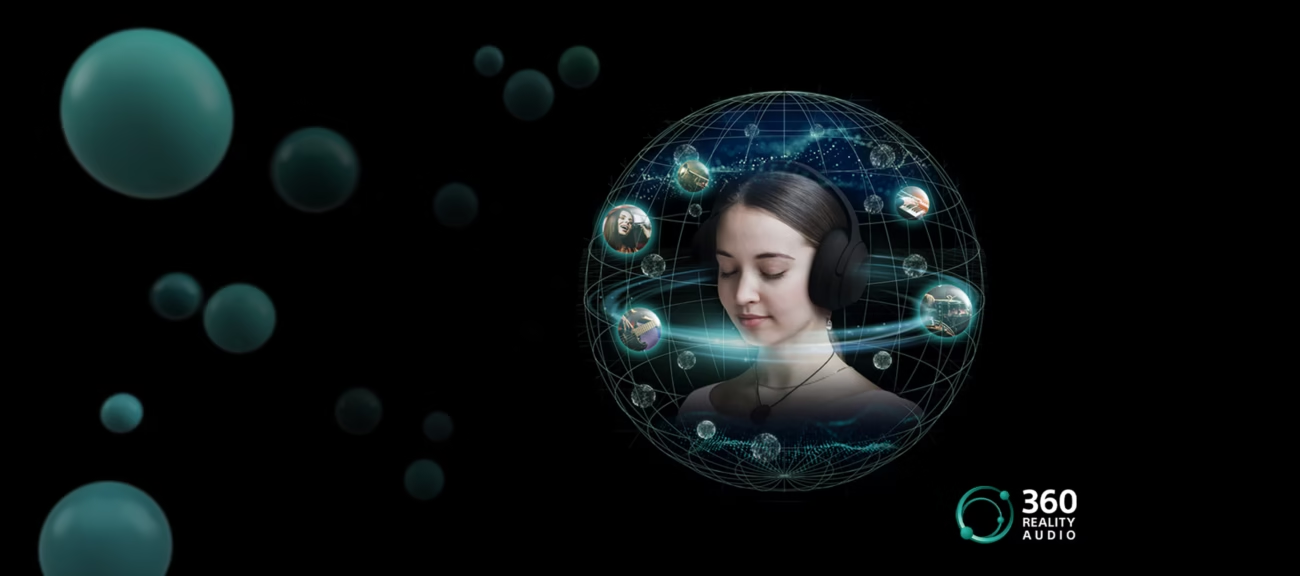

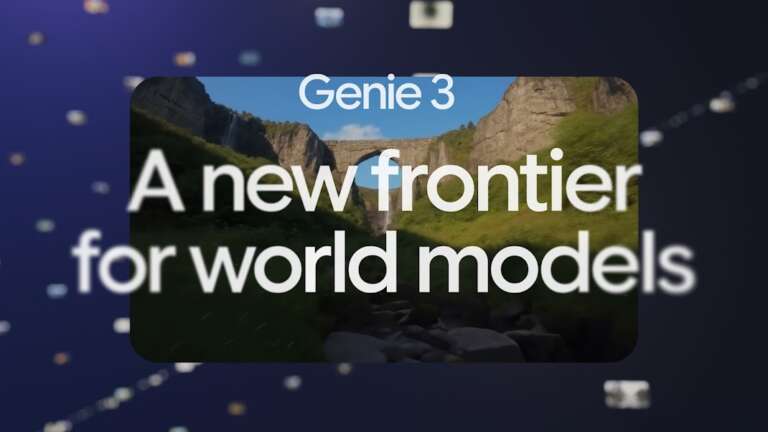
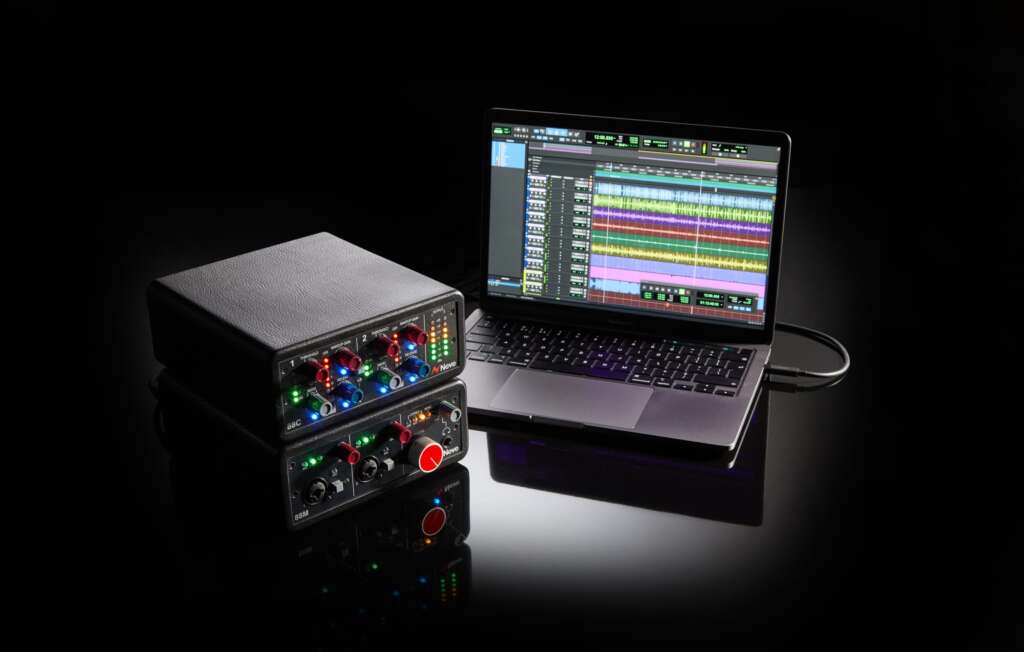

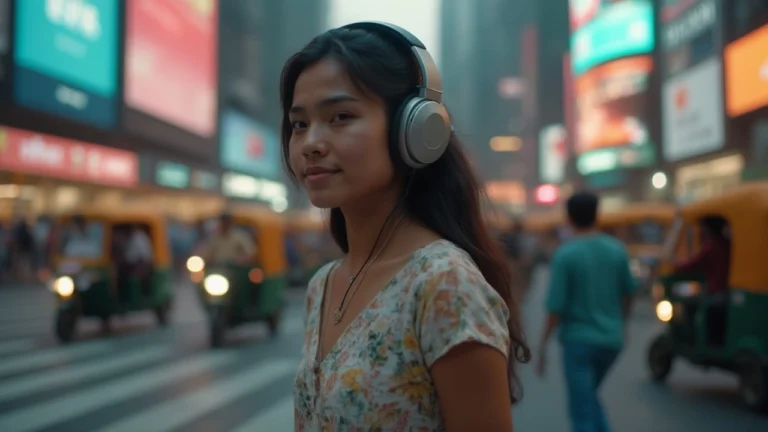
Leave a Comment